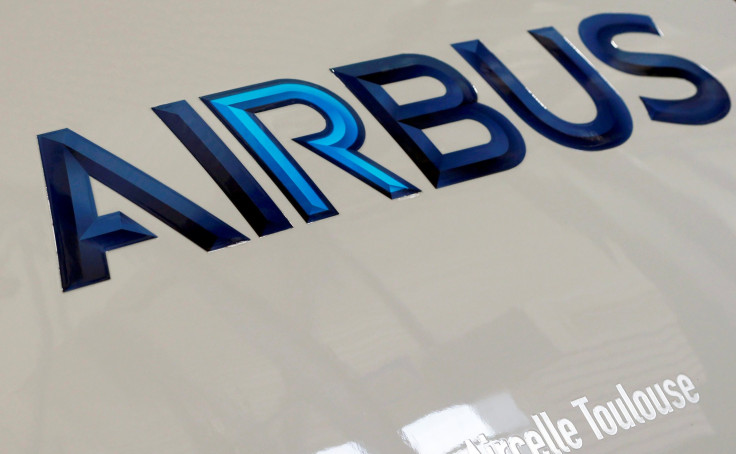Airbus Opens Training Academy In Singapore After Heavy Demand For Pilots Amid Asia’s Travel Boom

Airbus has set up a training centre for pilots in Singapore in partnership with Singapore Airlines Ltd. (SIA) amid growing demand for pilots in Asia. The Airbus Asia Training Centre (AATC) opened Monday and will offer training courses for as many as 10,000 pilots, according to the European plane maker.
The 9,250 square meter facility at Seletar Aerospace Park will reportedly offer training for all in-production Airbus planes, including the A380 and A350. The $100 million facility will add to the three facilities that Airbus already operates in Toulouse in France, Miami and Beijing. It will also reportedly have eight full-flight simulators and six fixed cockpit training devices, as well as classroom facilities.
"The new center combines the expertise of our two companies to offer the highest standards of training for the growing flight crew population in the Asia-Pacific region," Airbus' President and CEO Fabrice Brégier reportedly said.
Airbus predicts that the growing travel demand in Asia-Pacific region will lead to demand for new aircraft in the coming years, and expects the in-service fleet to grow from around 5,600 aircraft now to 14,000 over the next two decades.
"With hundreds more new Airbus aircraft on firm order by the region's airlines, we are confident that AATC will go from strength to strength," Goh Choon Phong, the CEO of SIA said, according to the Straits Times.
Pilot shortage amid Asia’s travel boom has been a growing concern in the region. According to the International Air Transport Association (IATA), the number of air travelers in Asia is expected to double to 7 billion by 2034. According to Boeing’s latest forecast, airlines in Asia Pacific will need 226,000 new pilots between 2015 to 2034.
“Asia is moving towards a severe pilot shortage,” Mark D. Martin, a Dubai-based consultant to the airline industry, said, according to Bloomberg. “Rapid steps will have to be taken immediately.”
In a report released last year, IATA stated Asia-Pacific accounted for 31 percent of global air passenger traffic, and in 20 years, the figure is forecast to be 42 percent.
© Copyright IBTimes 2024. All rights reserved.











